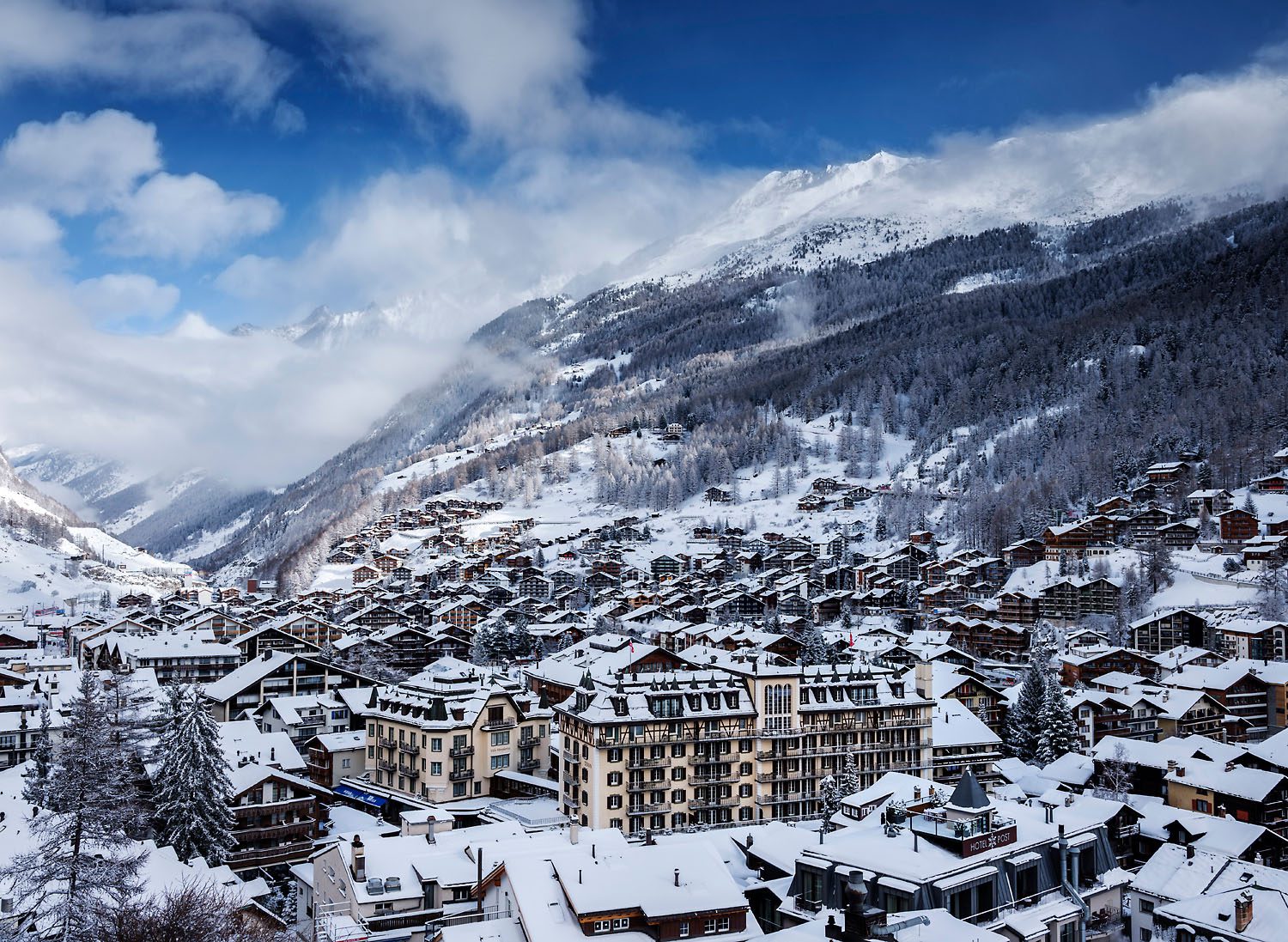
The Mont Cervin Palace coated in a layer of snow
The high resort of Zermatt, ringed by 4000m peaks covered with eternal snow, is home to one of the original luxury hotels in the Alps, the Mont-Cervin Palace. It also houses a hotel with one of the best views in the world: the Beausite
Mont Cervin Palace, Zermatt review
The Mont Cervin Palace is the grande dame of hotels in what is arguably the most elegant mountain-resort in the Alps. You are picked up from the station in a horse-drawn carriage and the world looks at you and smiles as you clap your way up the short distance along the High Street, past Zermatt’s unique mix of stores selling serious hiking equipment – this is still a centre of operations for hard-core climbers – and luxury watches.

The Matterhorn as seen from the Mont Cervin Palace in the heart of Zermatt
The Acacia, on walking in, has that inevitable standard of luxury only possible in Swiss hotels – that’s why they have all the hotel schools here. You don’t walk to your room; you are flowed there in a process of effortless and knowledgeable meet and greets.
Our room itself was a magnificent little suite, directly facing the Matterhorn with a south facing terrace. Look to your right and you can see the passeggiata along the traffic-free main street (Zermatt has never allowed cars), which morphs from a procession of serious climbers before dawn, to families in the early morning, the young and chic in the late morning, and absolutely everyone in the evenings when it gets quite lively down the road.

A comfortable suite in the Mont Cervin, many of which offer magnificent views of the surrounding Alps
Cuisine is a central part of the hotel’s offering and the place to dine is the Grill Le Cervin, a traditional, glam-cosy vibed restaurant in the heart of the hotel. Local lamb rack with peas, green asparagus, pommes fondant and mint; Swiss Grand Cru beef fillet; all tasted vibrant, fresh, real.

‘Cuisine is a central part of the hotel’s offering and the place to dine is the Grill Le Cervin’
This is a hotel of many parts. A short walk down a corridor leads to a major surprise, a full-size indoor swimming pool with a secret garden in which you can sunbathe in summer and tramp through the snow before jumping into the outdoor jacuzzi in winter. There is a spa and plenty of places to lie down and relax after a hard day’s hiking or watch shopping; plus amply spaced table tennis and pool tables.

The spa of Mont Cervin Palace is just one of its many luxurious offerings
As the original luxury hotel in the original summer and winter resort in the Alps, recently taken over by the brilliant Michel Reybier and brought back up to its original elegance in class, there is nothing else quite like it. Oh, and we forgot to mention the cigar lounge, one of Europe’s finest… Enjoy your Montecristo there or sneak one onto your balcony – as we did – and look at the nighttime view of the shimmering Matterhorn.
Beausite, Zermatt Review
The resort of Zermatt, in Switzerland, has many attractions in summer and winter; frequent visitors to this chi-chi little town will agree that the most prominent of these is the Matterhorn, the celebrity mountain that towers over the valley.

The facade of the luxury hotel Beausite, Zermatt
It logically follows that a room with a view of the Matterhorn is going to be high on the list of priorities when visiting, and we can’t think of any room with a better view than the top floor corner suite in the Beausite.

Its position above the eastern shores of the Zermatt river offer the Beausite unique views
A little history: as the town developed from a farming hamlet to the global star it is today, hotels started springing up along the main street leading from the station to the church, on the right bank of the river, near the medieval huts at the village’s heart – this has been an active community for more than 1000 years.
But then just over 100 years ago someone had the idea to build a luxury hotel on a grassy knoll on the other side of the river, when there was very little there, simply because it’s elevated position would give it spectacular views of the mountain.
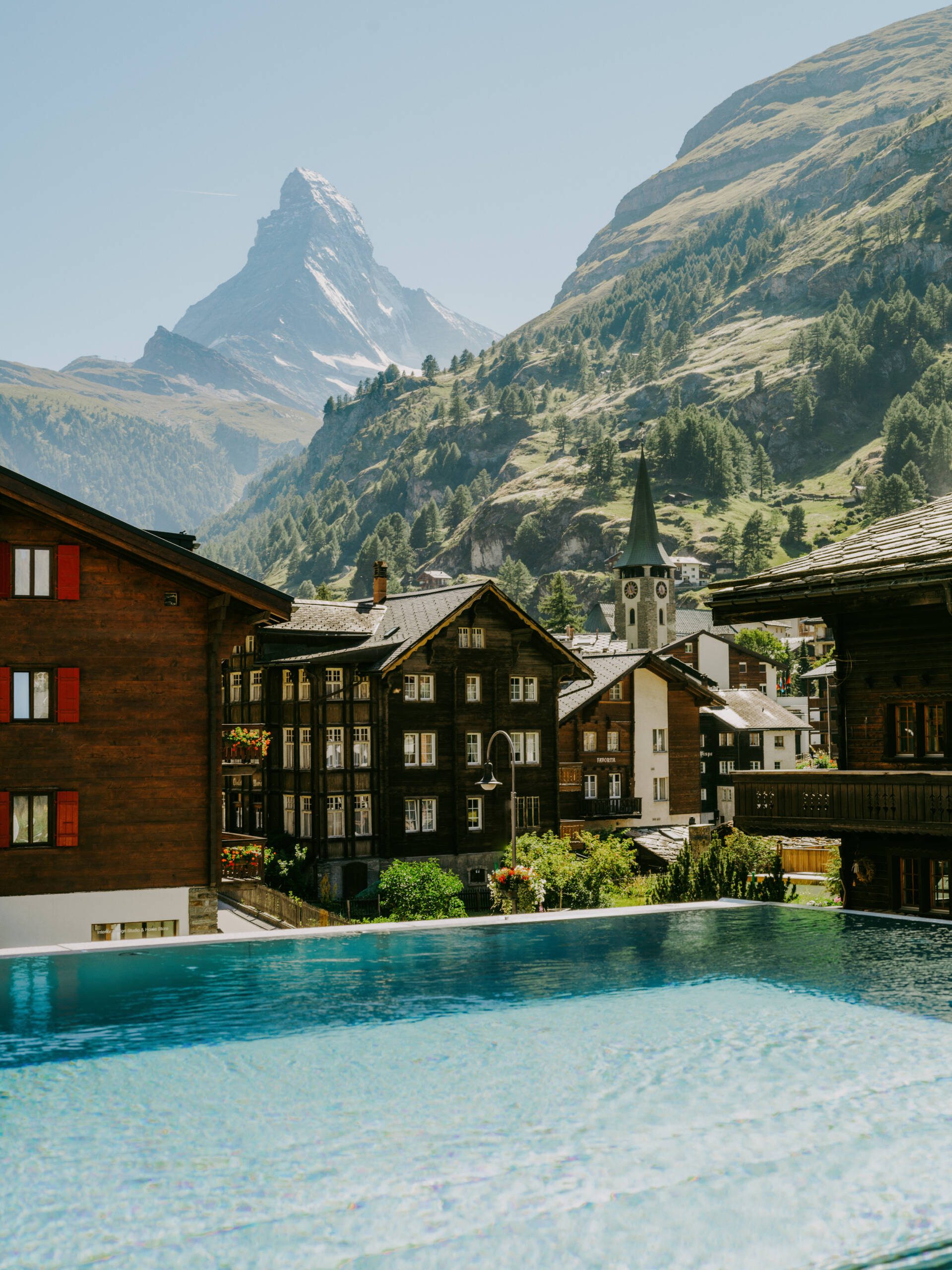
The outdoor pool and jacuzzi at Beausite are surrounded by breathtaking views of the Alps
Fast forward to now, and you can lie in the outdoor pool/jacuzzi at the Beausite and have uninterrupted views of the iconic rocky edifice, while still being only a couple of minutes’ walk from the resort centre.
The view from the suite was even better, so breathtaking that you would be forgiven for spending a whole day just gazing at the mountain as it changes colour, its rocks and snows reflecting the passage of cloud and times of day.

Beausite, idyllic in the snow
The suite itself is smart contemporary chic, glacier blues and 20th century modern chairs, with plenty of light and light wood.
The hotel, previously a little old-fashioned, has had a thorough and sympathetic recent refurbishment and redesign, and we loved the bar and snooker room on the ground floor, and the vibe on the terrace – also with the same view – which is thoroughly modern luxury.
It lives up to its name, and more.


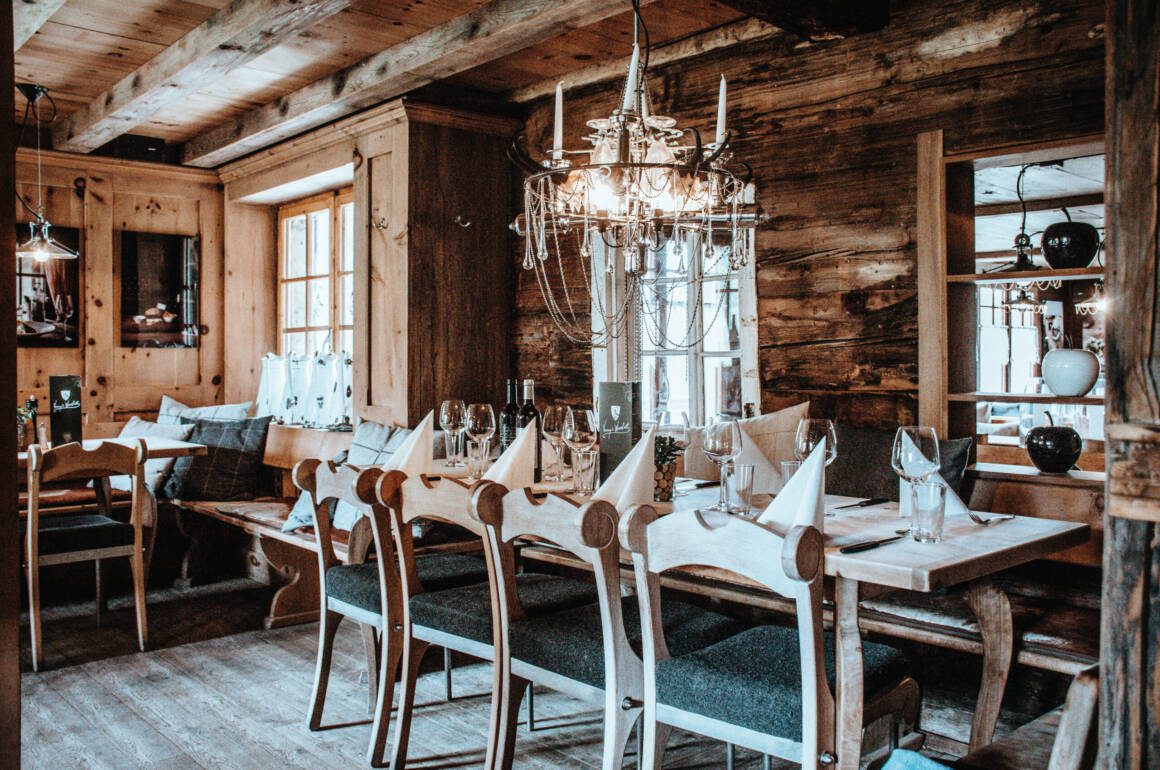








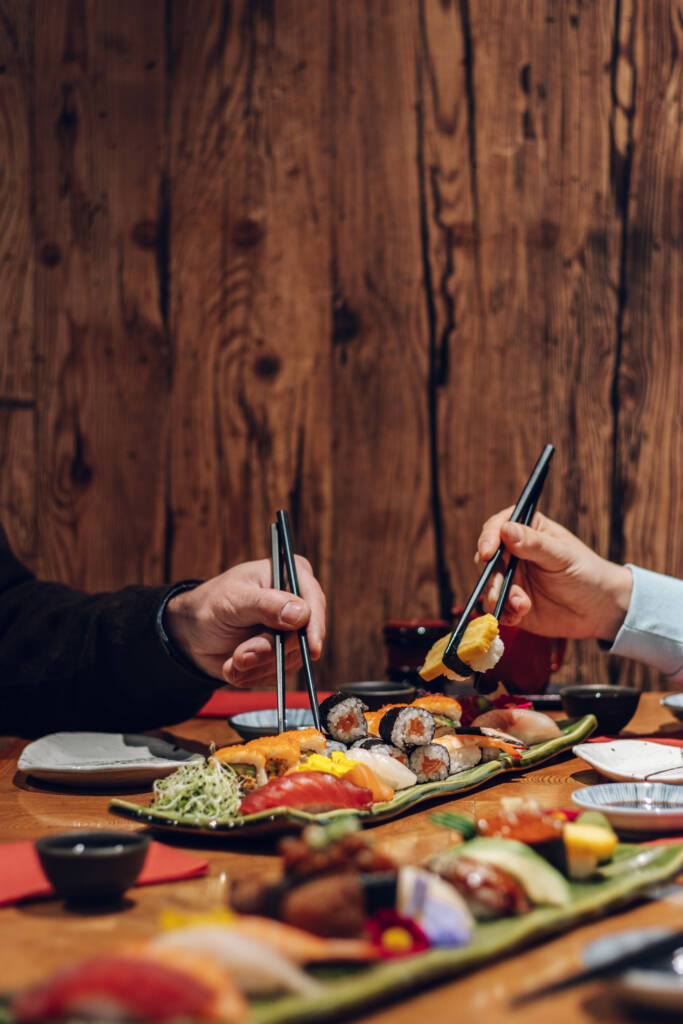






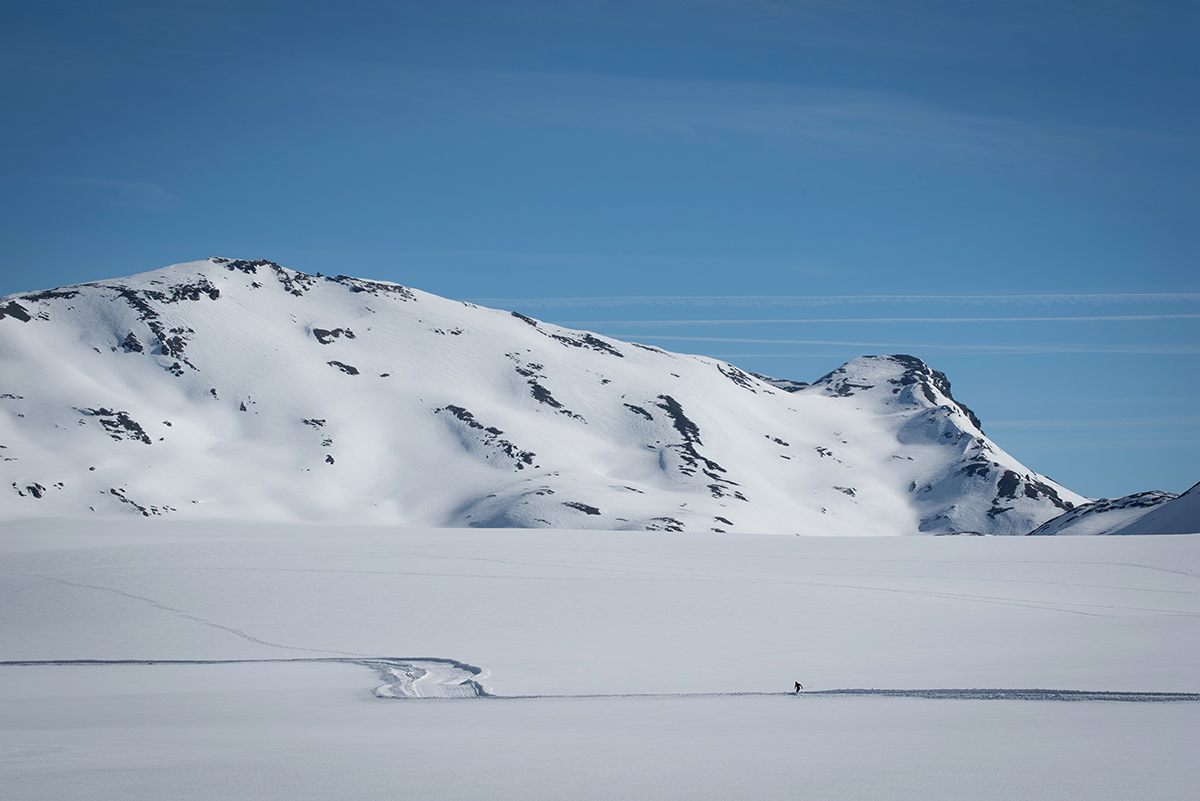












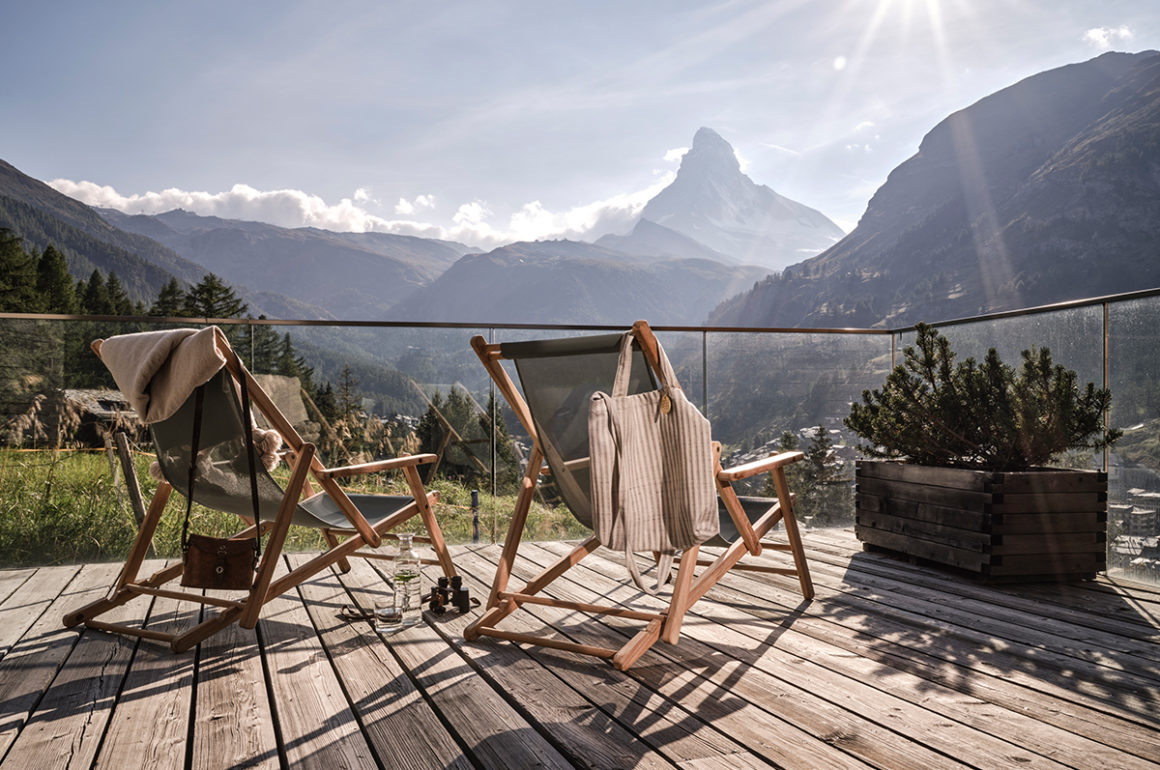















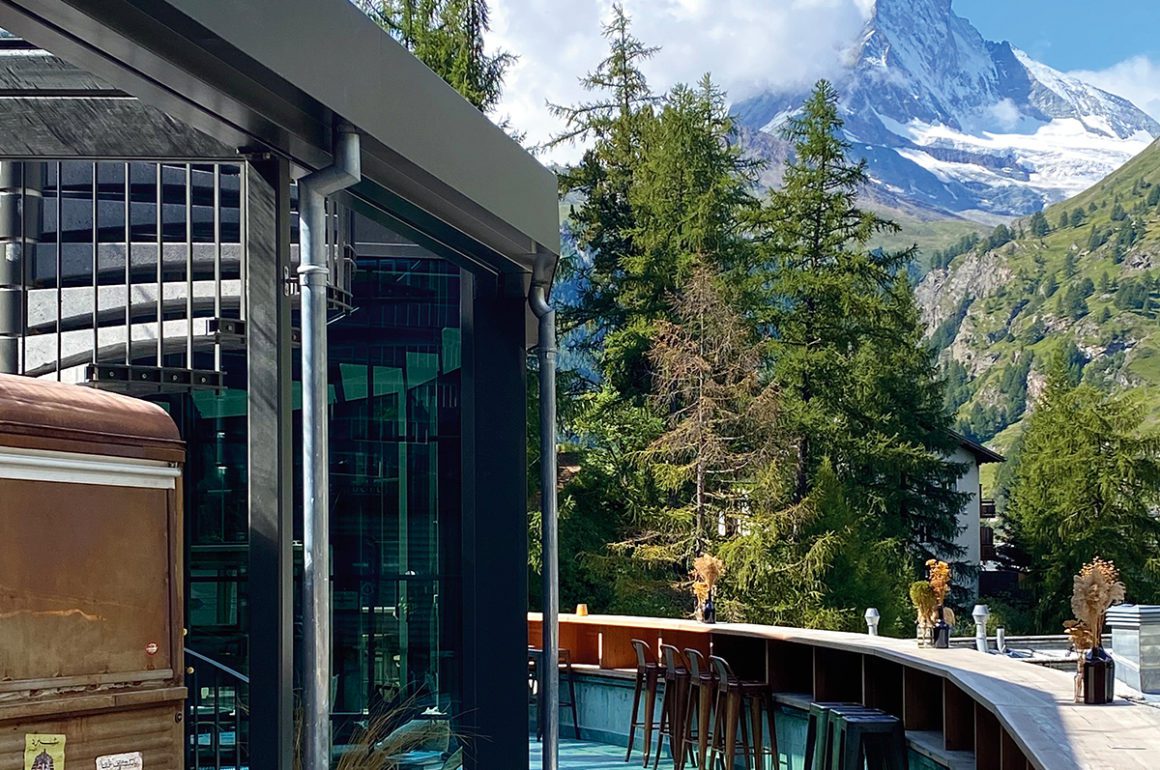


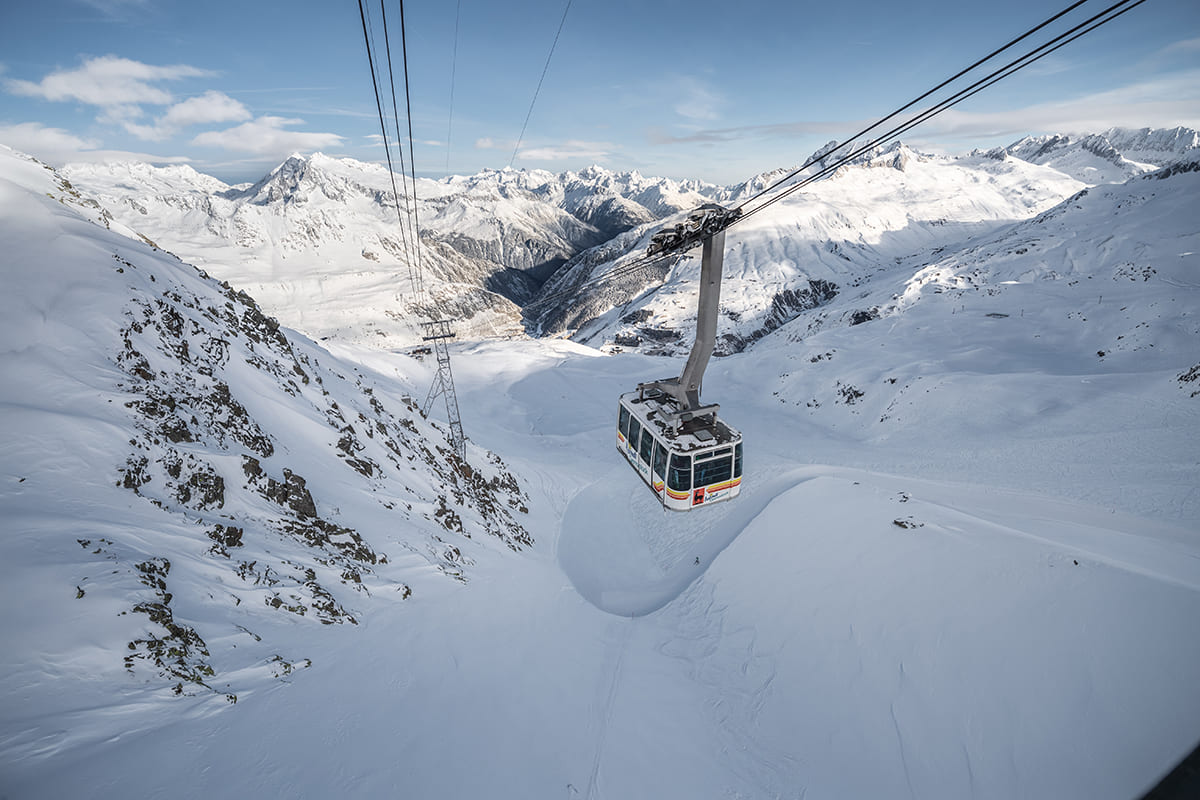


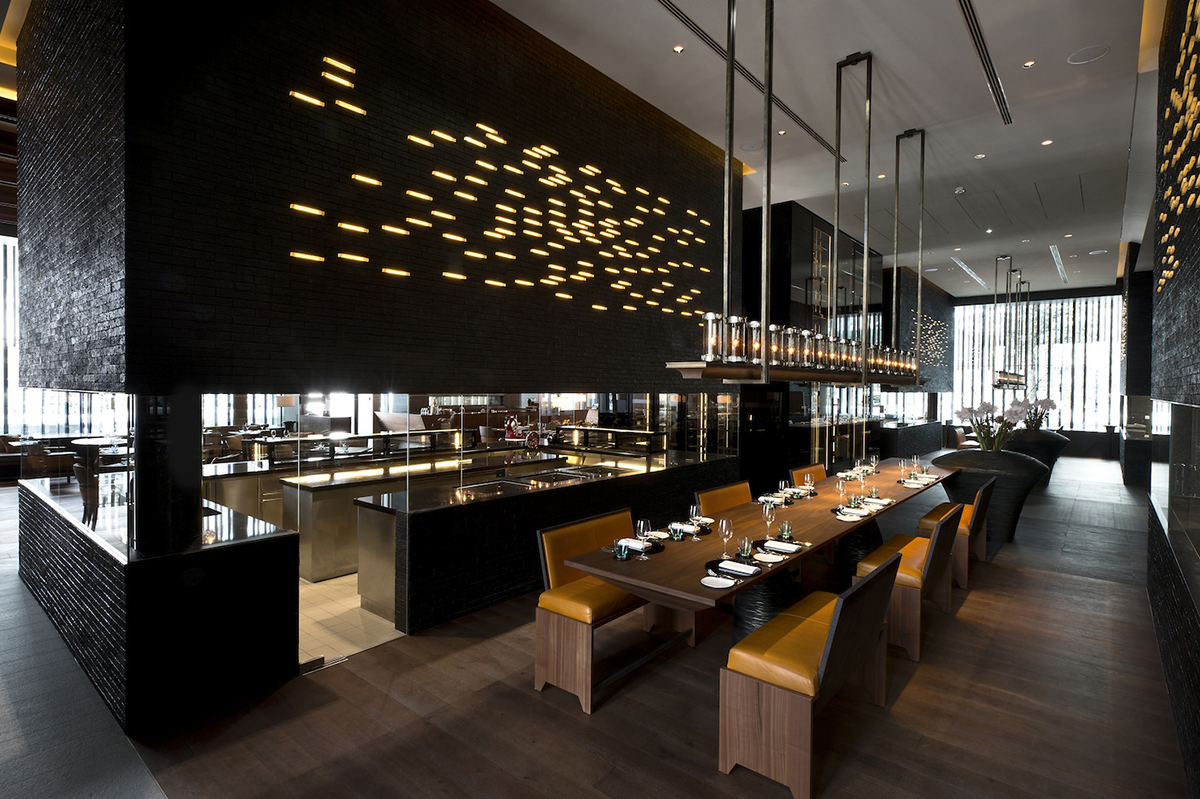






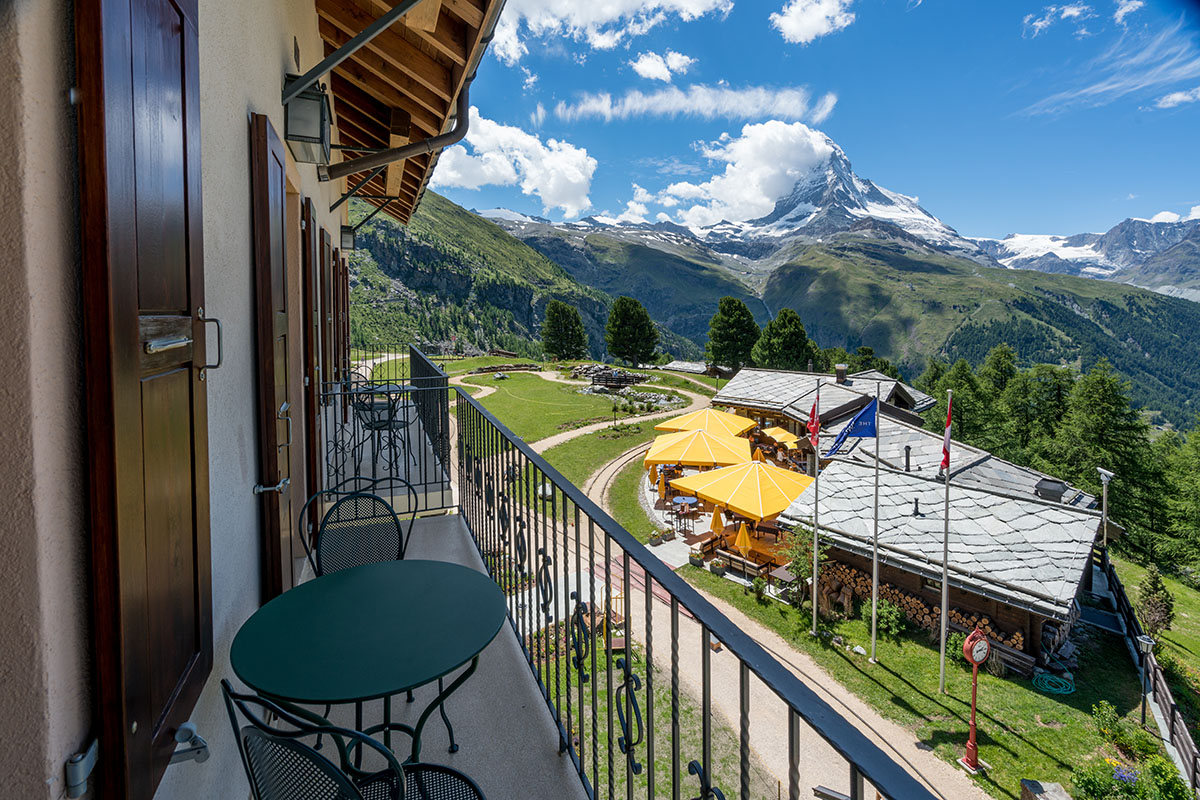







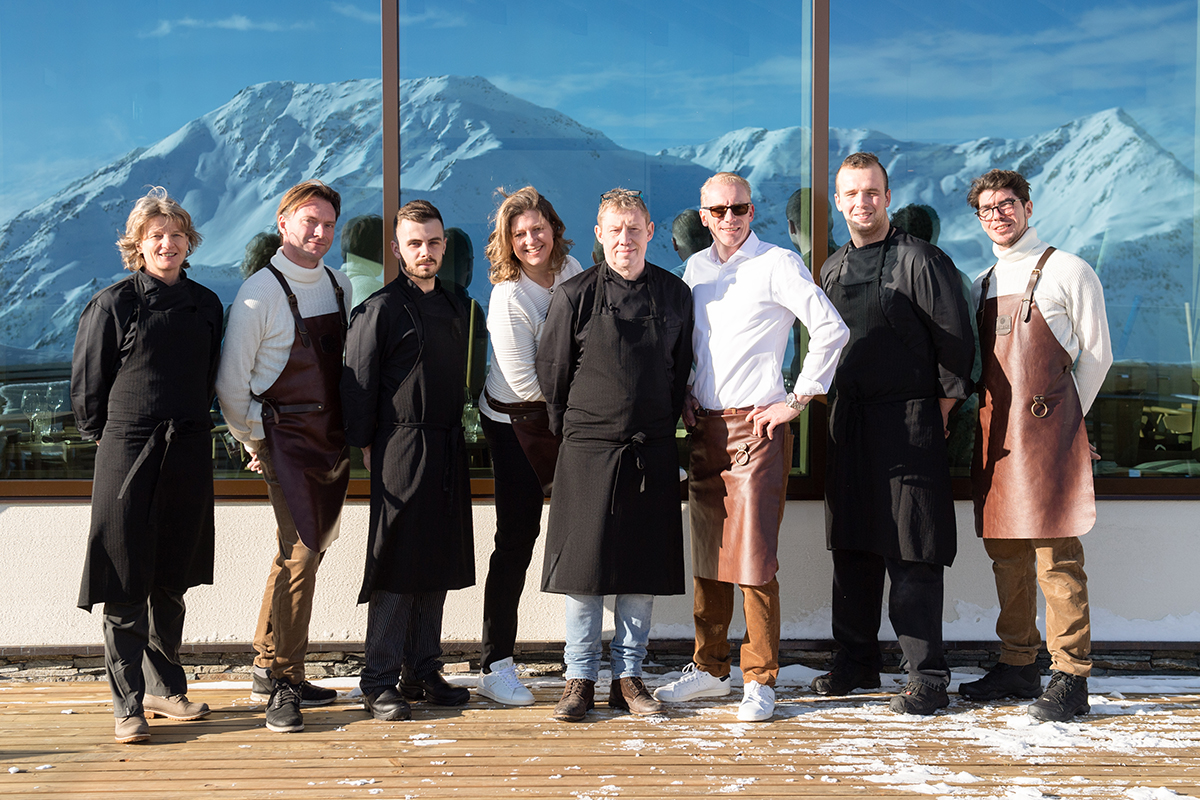
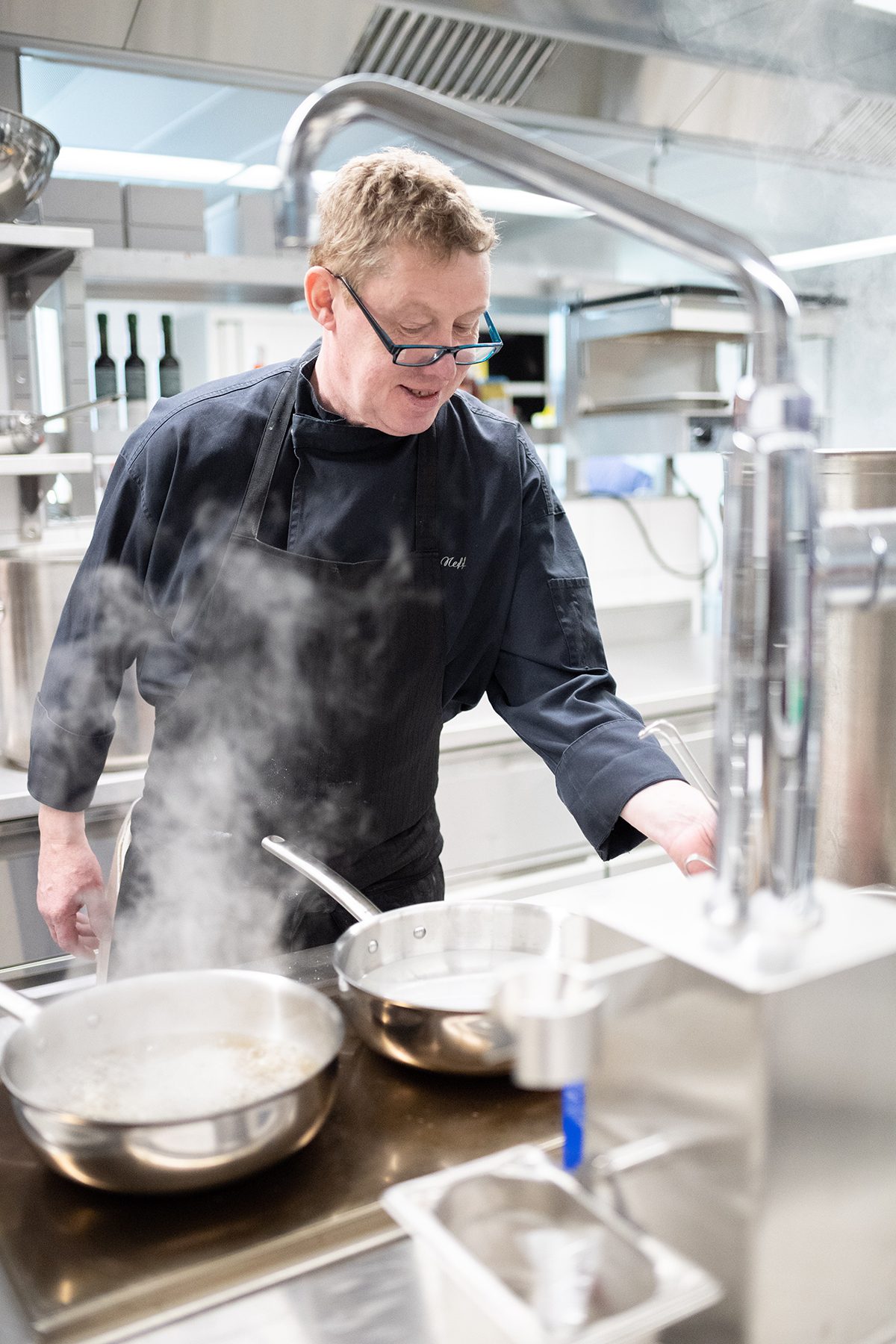
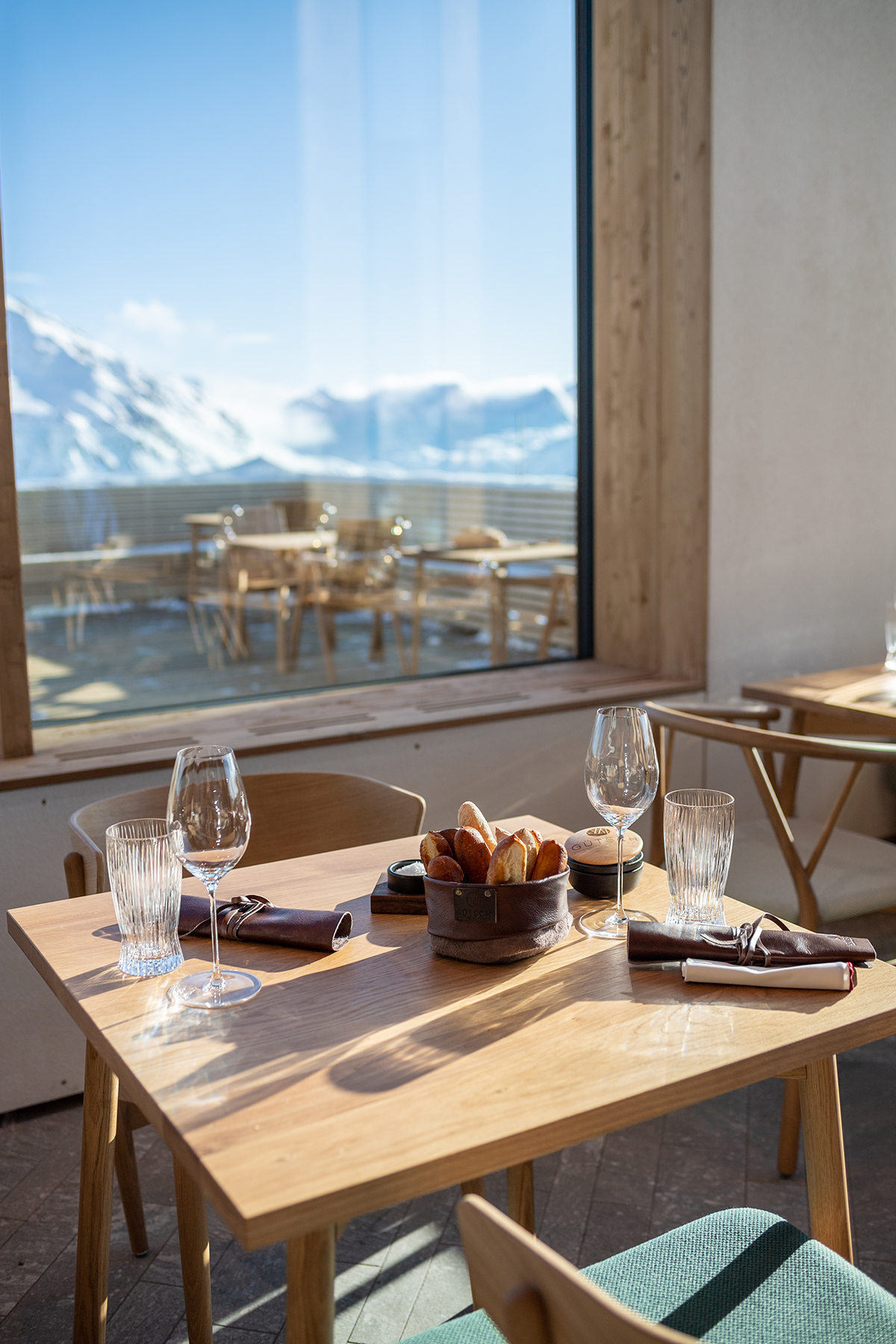



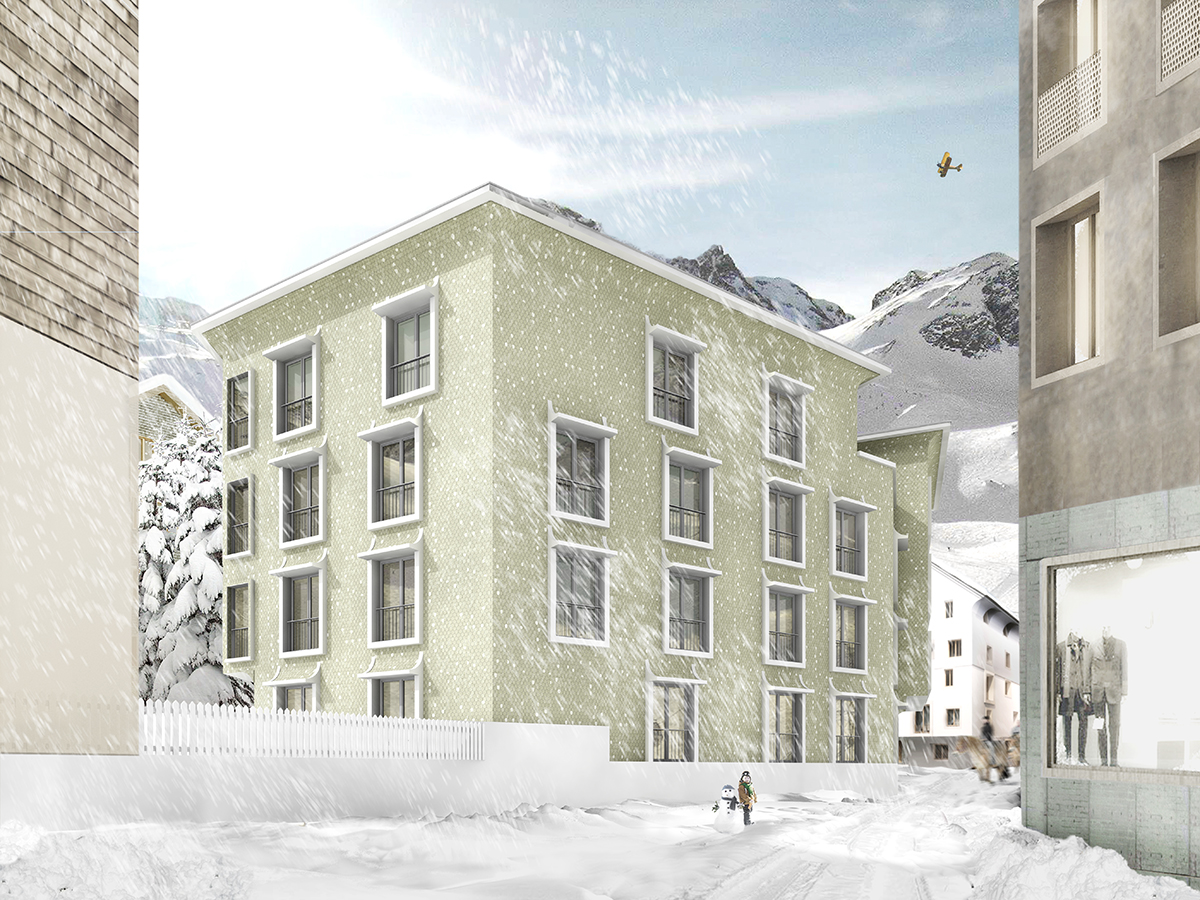
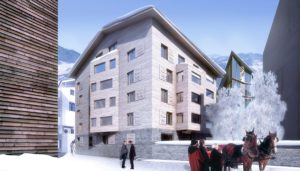 In 2020, the building of two new residential properties will commence for those who are looking to own in
In 2020, the building of two new residential properties will commence for those who are looking to own in 








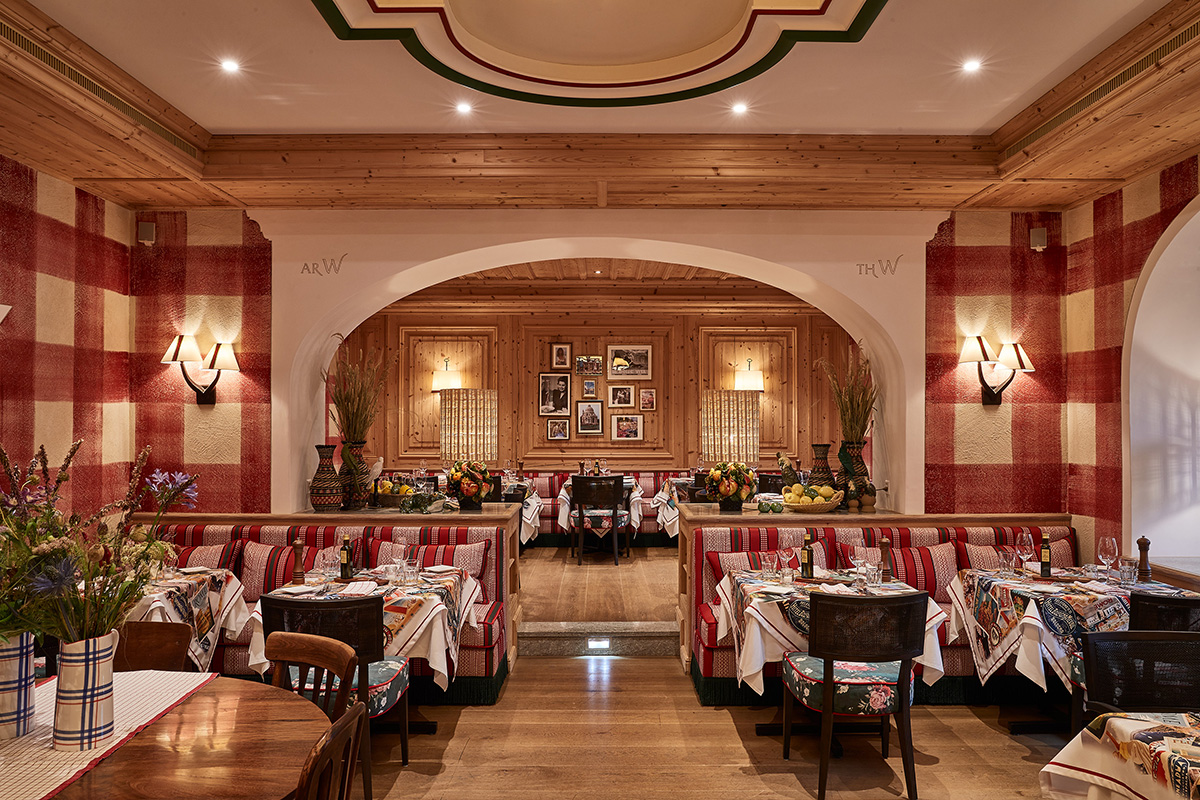










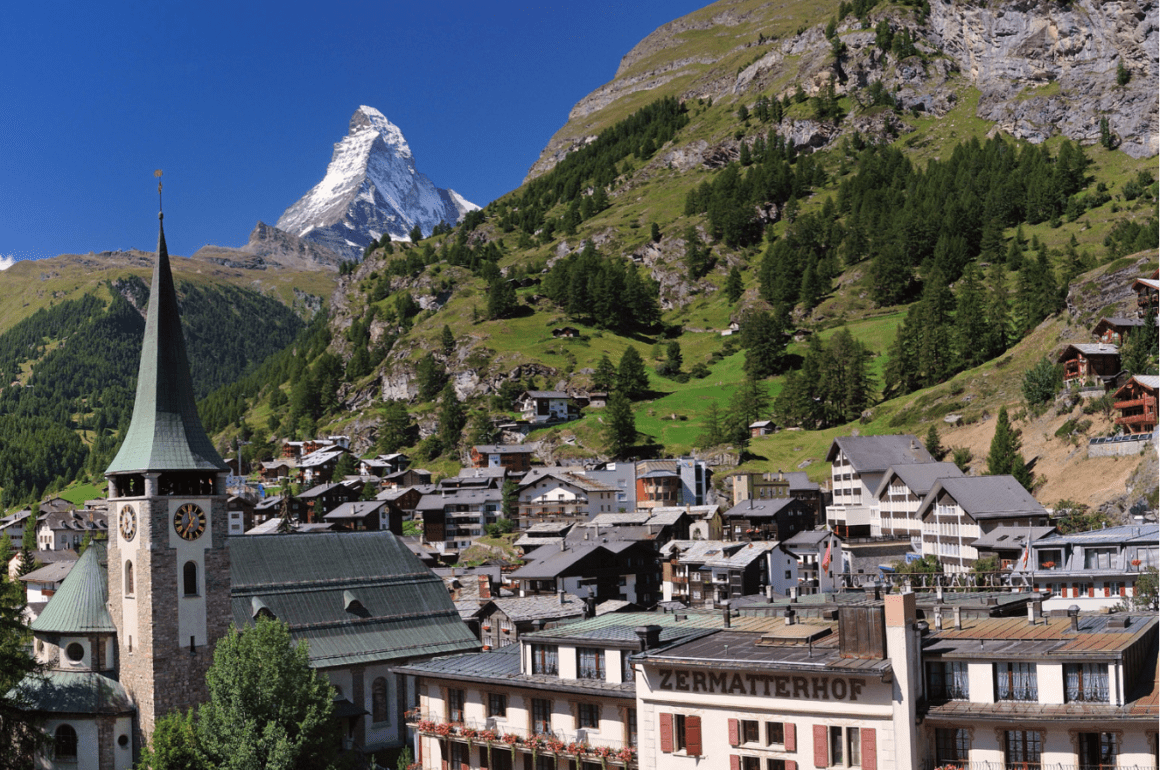











Recent Comments